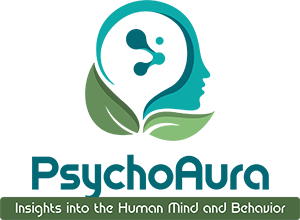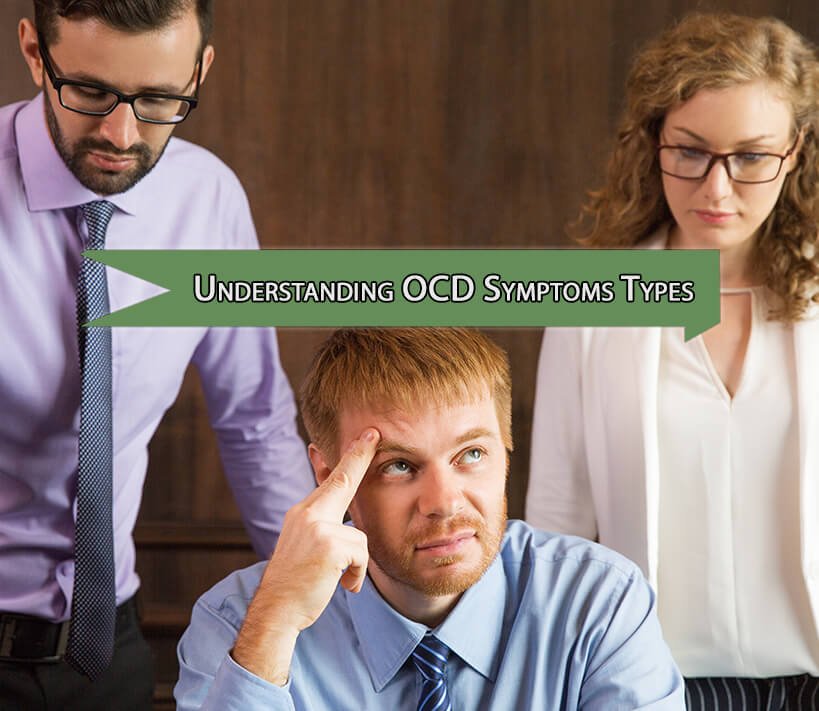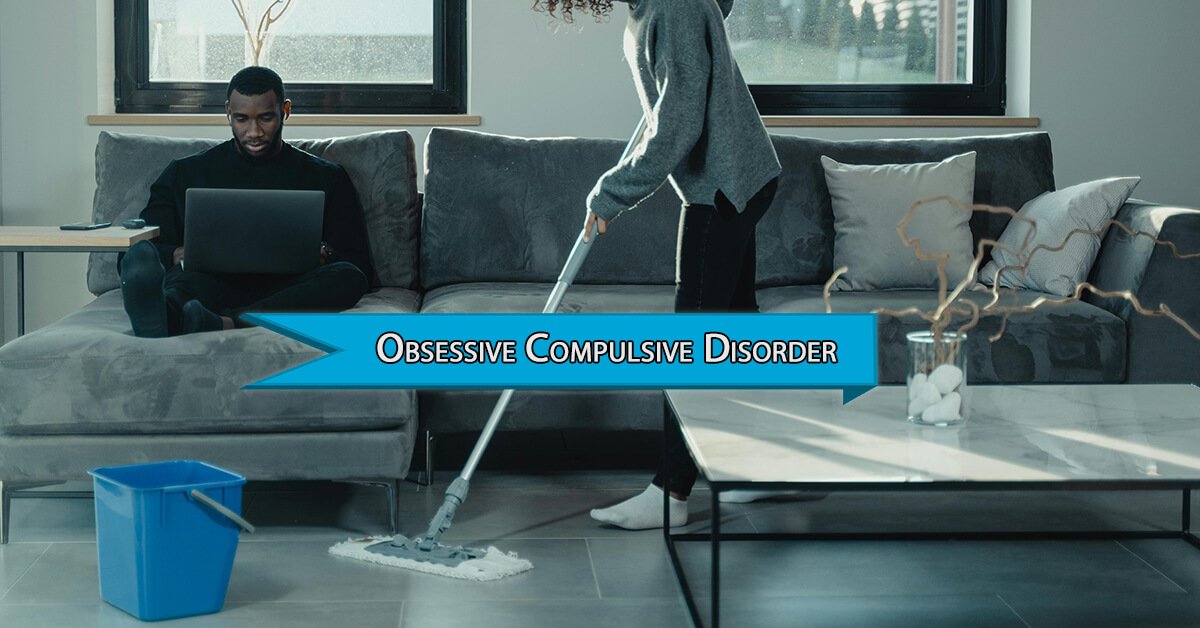Understanding OCD Symptoms Types is essential, as Obsessive Compulsive Disorder (OCD) is a chronic mental health condition involving unwanted, intrusive thoughts known as obsessions, and repetitive behaviors or mental rituals known as compulsions. People with OCD often feel trapped in a cycle where they are compelled to perform specific actions to relieve the distress caused by their obsessive thoughts, creating a mental loop that dominates their psychoaura, or psychological atmosphere.
Contrary to the belief that OCD is just about “cleaning” or “being overly neat”, the condition is far more complex. While cleanliness might be one expression, OCD can manifest in countless other forms, affecting a person daily functioning, relationships, and mental peace.
For example
A person might become obsessed with the idea that something bad will happen if they do not check the door lock every five minutes. Even though they logically know that this behavior is irrational, the anxiety becomes so overwhelming that they feel compelled to perform the compulsion no matter what. This cycle of obsession and compulsion turns into a mental prison for them.
In this blog, we will explore OCD symptoms, how it is perceived in Urdu-speaking communities, and different types of OCD.
Symptoms of Obsessive Compulsive Disorder
OCD symptoms typically fall into two categories: obsessions and Compulsions.
- Obsession
These are intrusive, recurring thoughts or mental images that cause distress. The list below shows some common obsessions.
1. Fear of contamination from germs, dirt, or chemicals.
2. Persistent doubts.
3. Need for things to be symmetrical or in perfect order.
4. Excessive concern about religious or moral rightness.
- Compulsions
These are physical or mental actions that a person performs to reduce anxiety or prevent a feared outcome. Some common compulsions are listed below.
1. Repeatedly washing hands.
2. Checking or rechecking locks.
3. Arranging or aligning objects in a specific way.
4. Mental rituals like praying, counting, or repeating phrases.
5. Seeking constant reassurance from others.
People with OCD know that their thoughts and behaviors are irrational, but they feel powerless to stop them.
Obsessive Compulsive Disorder in Urdu
“مجبوری کی حالت” یا “وسواس اضطراب کا مرض”۔ یہ ایک ذہنی صحت کی حالت ہے جس میں انسان کو بار بار غیر ضروری اور دخل اندازی کرنے والے خیالات (وسواس) آتے ہیں اور وہ ان خیالات سے نجات پانے یا اضطراب کو کم کرنے کے لیے مخصوص حرکات یا ذہنی رسومات (مجبوریوں) کو دہراتا ہے۔
Types of OCD
OCD does not seem the same for everyone. While the core mechanism remains, where obsession is followed by compulsion, the themes vary widely. Here are some of the most reorganized types:
1. Contamination OCD
In contamination OCD, a person has an intense fear of germs, bodily fluids, dirt, or chemicals. As a result, they may excessively wash their hands, clean surfaces repeatedly, or avoid physical touch.
For example
A person with contamination OCD might wash their hands for 30 minutes after touching a doorknob, fearing exposure to dangerous bacteria, even if it is visibly clean.
2. Checking OCD
Checking OCD is a fear of causing harm due to negligence. A person with this type of OCD engages in compulsive checking of locks, switches, or appliances.
For example
Someone may check the stove multiple times before leaving the house because they fear it might cause a fire.
3. Symmetry and Ordering OCD
In symmetry and ordering OCD, a person feels discomfort when things are misaligned or out of order. Their compulsions involve arranging items correctly or completing tasks symmetrically.
For example
Someone might spend hours arranging books on a shelf so that they are perfectly aligned by height and color, and may become anxious if even one item is slightly out of place.
4. Harm OCD
Harm OCD involves intrusive thoughts about causing harm to others or oneself. Often causes distress and avoidance behaviors.
For example
Understanding OCD Symptoms Types is important when considering harm OCD, where a person might have persistent, irrational thoughts about accidentally harming a loved one, such as imagining pushing them down the stairs. To avoid this, they may stay away from the stairs or repeatedly check on their loved ones to make sure they are safe, even though they know these thoughts are unfounded.
5. Sexual or Religious OCD
Sexual or Religious OCD involves inappropriate or taboo thoughts related to sex or religion. Lead to shame, guilt, and sometimes compulsive praying or mental rituals.
6. Hoarding OCD
Difficulty discarding items due to fear of needing them later. Often misunderstood as simply being messy, but it is rooted in obsessive fear. It is important to remember that OCD themes can overlap, and people may experience more than one type over time.
Conclusion
OCD is a multifaceted mental health condition that goes far beyond stereotypes of neatness or cleanliness. Understanding its diverse symptoms and types can foster empathy and reduce stigma. With proper awareness, support, and treatment, individuals with OCD can manage their condition and lead fulfilling lives beyond the loop of obsessions and compulsions.




